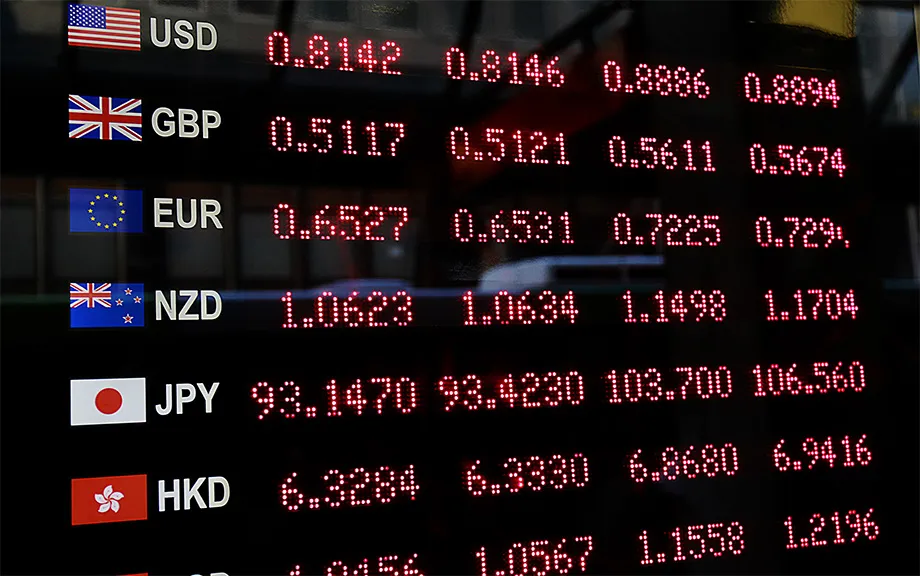A growing number of hedge funds and institutional asset managers are strategically scaling back their positions in energy equities, signaling a broader market recalibration amid persistent oil price instability and an evolving global macroeconomic landscape.
According to recent filings and fund performance data, allocations to energy stocks—particularly within the oil and gas segment—have declined sharply over the past quarter. The move reflects a shift in sentiment as hedge funds reassess the sector’s near-term risk-reward profile in light of ongoing commodity price weakness, demand-side uncertainty, and production policy ambiguity from key global players such as OPEC+.
Oil Price Slump Triggers De-Risking Across Energy Portfolios
Brent crude and West Texas Intermediate (WTI) prices have fallen approximately 15–20% from their April highs, driven by easing geopolitical tensions, resilient global supply levels, and softer-than-expected demand growth from major economies—particularly China and the Eurozone.
“The recent price action has eroded confidence in the sustainability of margins for upstream operators,” noted Lena Hartmann, Chief Investment Strategist at Trion Capital. “Volatility remains high, while forward earnings estimates are under pressure, prompting hedge funds to reallocate to more stable, counter-cyclical sectors.”
Energy equities, which had outperformed broader indices in 2022 and early 2023 due to supply shocks and inflation hedging, are now seeing a sharp reversal in institutional sentiment. Recent data from Goldman Sachs Prime Brokeragesuggests net short positions in the energy sector have reached their highest level since Q1 2020.
Key Drivers Behind the Shift
Several structural and cyclical factors are contributing to the hedge fund exodus from energy stocks:
- Macro Uncertainty: Global GDP growth forecasts for 2025 have been revised downward, with the IMF and World Bank citing fragile consumer demand and trade disruptions as key headwinds. This outlook weighs heavily on oil consumption expectations.
- OPEC+ Strategy Ambiguity: Although OPEC+ has announced phased production increases, internal divergences on supply discipline and compliance have created uncertainty around price stabilization efforts.
- Declining Margins & Capital Discipline: Many publicly listed oil majors have reported sequential declines in upstream profitability due to lower realized prices and rising cost inflation across labor and logistics.
- ESG-Driven Reallocation: Long-only and multi-strategy funds continue to reallocate capital toward renewables, industrial tech, and digital infrastructure as part of broader ESG mandates and green transition frameworks.
Sector Rotation and Alternative Plays
In response to energy sector volatility, hedge funds are increasingly rotating into utilities, defense, health care, and select AI-driven technology stocks—sectors seen as either defensive or benefiting from long-term secular tailwinds.
“While energy remains a fundamental input across the global economy, current price action does not support overweight positions,” said Martin Delvecchio, Portfolio Manager at Elevara Global Advisors. “We’re reallocating toward companies with strong balance sheets and pricing power in non-cyclical industries.”
At the same time, there is growing interest in short-duration credit instruments and hedged equity strategies to navigate continued market choppiness without taking large directional bets.
Outlook: Risk Repricing to Continue
While energy remains a core component of global production and capital markets, hedge fund behavior suggests the sector is undergoing a temporary re-rating as investors seek greater earnings visibility and lower correlation to geopolitical headlines.
Unless oil prices stabilize and forward demand signals strengthen, further fund outflows from energy-related equities are likely in the near term.
Conclusion
The withdrawal of hedge fund capital from energy equities reflects a prudent, data-driven response to a complex market environment defined by commodity price fragility and shifting global growth dynamics. As institutional capital continues to rotate toward more resilient sectors, the energy space may require renewed clarity—both in pricing fundamentals and policy signals—before attracting substantial reinvestment.














